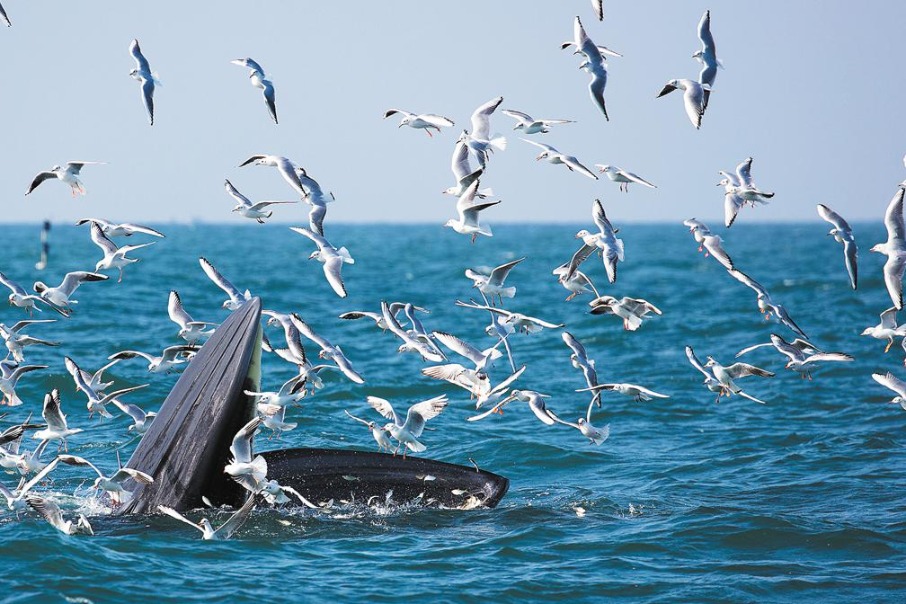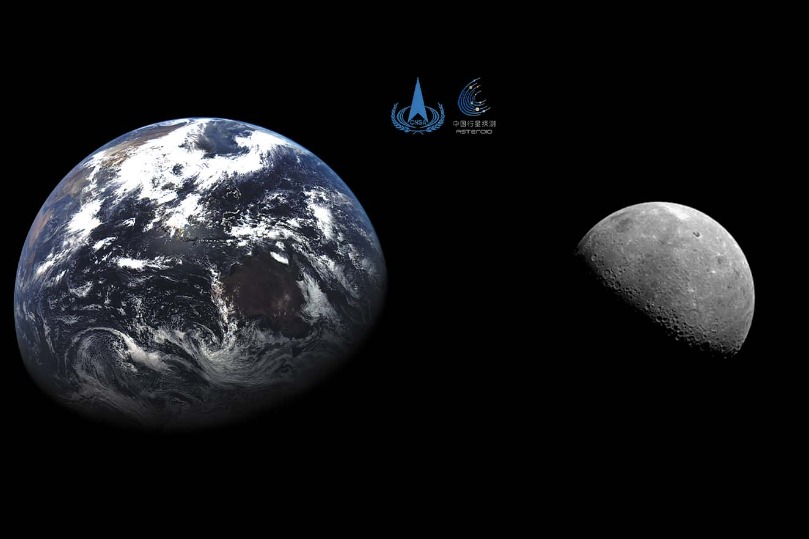US-China rivalry in South China Sea must not turn into a great power game


In the past four years, the South China Sea has been at the centre of the strategic competition between Beijing and Washington. The United States views China’s increasingly assertive actions in the South China Sea as the most pressing threat to the existential order in the Indo-Pacific region.
On one hand, in response to China’s territorial claims and military activities in the region, the US has been working closely with its allies and partners to contain and counter China’s efforts. On the other hand, the US has been enhancing its own deterrence, surveillance and combat readiness capabilities in the area.
A mutual increase in military activities leads to more uncertainty in the South China Sea. From the near collision of American and Chinese warships in 2018 to the duelling military exercises in 2020, the danger of an armed conflict between the two countries continues to rise.
Despite the significance and severity of the potential risks in the South China Sea, it should not be viewed as an individual hotspot but rather as an epicentre of the grand strategic competition between China and the US in the Indo-Pacific region. The complex competition focuses on several aspects.
First, Beijing and Washington are competing for the leading role in regional governance. The South China Sea code of conduct negotiation is seen by Washington as Beijing’s attempt to exclude the US from framing a regional order. Conversely, Beijing sees Washington as undermining the negotiation process by influencing countries to divide the negotiating parties over issues such as the 2016 South China Sea arbitration award.
China and the US are also competing for sea power in the South China Sea. The power balance in the region is undeniably shifting with China’s rise, but the US seeks to preserve and enhance a stable and diversified American-led security order within the region.
Furthermore, China’s rising naval power and its land reclamation efforts are perceived as a direct challenge to the United States’ long-time sea power advantage. In response, the US and its allies have increased military presence in the region to sustain a favourable power balance.
However, this increased American presence in the South China Sea is perceived by China as an effort to contain its growing overseas interests. This ultimately deteriorates mutual trust between leaders in Beijing and Washington.
The shifting balance of power also has significant implications to the US alliance system. American allies and partners from outside the region have also begun to engage in the South China Sea as the shifting balance of power in the region inevitably affects their interests.
For instance, Australia, Japan, the United Kingdom, France and India have all increased their military cooperation and involvement with the US and Southeast Asian countries in the region. The competition might primarily centre around the strategic competition between Beijing and Washington, but it has increasingly become a globalised and more complex renewed competition of great maritime powers.
As the largest marginal sea of the western Pacific, the South China Sea serves as the crucial connection between the Pacific and the Indian Ocean. Annually, around 64 per cent of China’s foreign trade and 60 per cent of China’s oil imports comes through the South China Sea.
It is unlikely China will back down from its territorial and maritime claims as it concerns notions of national pride and sovereignty as well as vital overseas interests. While the US might involve its allies to compete with China, one might ask whether it is worth risking a permanent change to the status quo by renewing competition among maritime great powers.
Japan, Australia, Britain, France and India are taking steps to advance their influence in the region. So far, these countries have a shared goal in containing China’s assertive actions to prevent it from taking a leading role in the South China Sea.
However, this alignment of interest could deteriorate over time. Things could become more complicated when these countries’ interests combine with the disputes between members of the Association of Southeast Asian Nations.
Asean countries such as Vietnam and the Philippines have sought external support from extra-regional great maritime powers to counter China. Their hedging strategy has resulted in leasing out military bases, conducting arms sales and inviting foreign petroleum companies to explore and extract materials in disputed areas.
With more extra-regional great maritime powers involved in the South China Sea, the US could gain momentum in maintaining the power balance in the area, thereby gaining advantage over China. Simultaneously, however, the relative lack of power of Asean countries would only worsen.
With or without the China factor, bringing in more extra-regional great maritime powers could risk Asean’s independence and encourage parties to regional disputes to seek more extreme measures beyond their current capabilities.
WU Shicun is President of China’s National Institute for South China Sea Studies and Chairman of China-Southeast Asia Research Center on the South China Sea
WU Shicun is President of China’s National Institute for South China Sea Studies and Chairman of China-Southeast Asia Research Center on the South China Sea


































